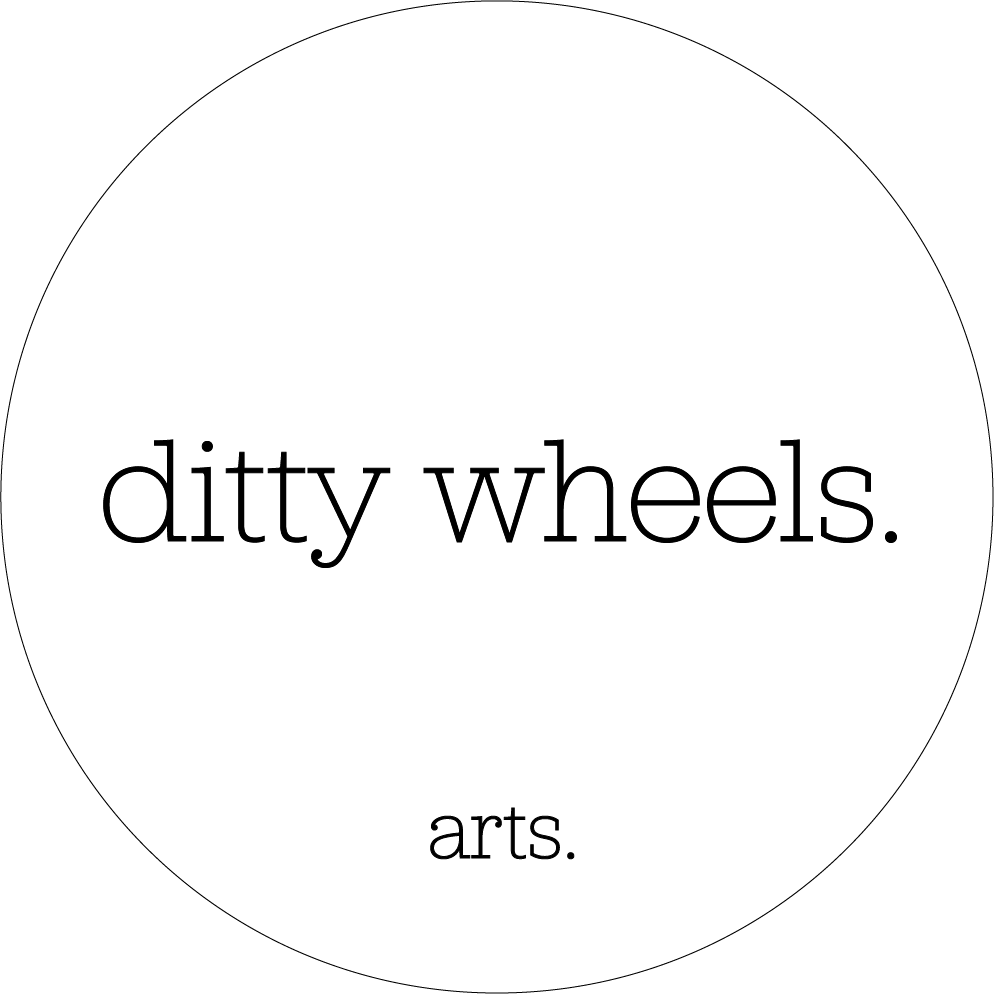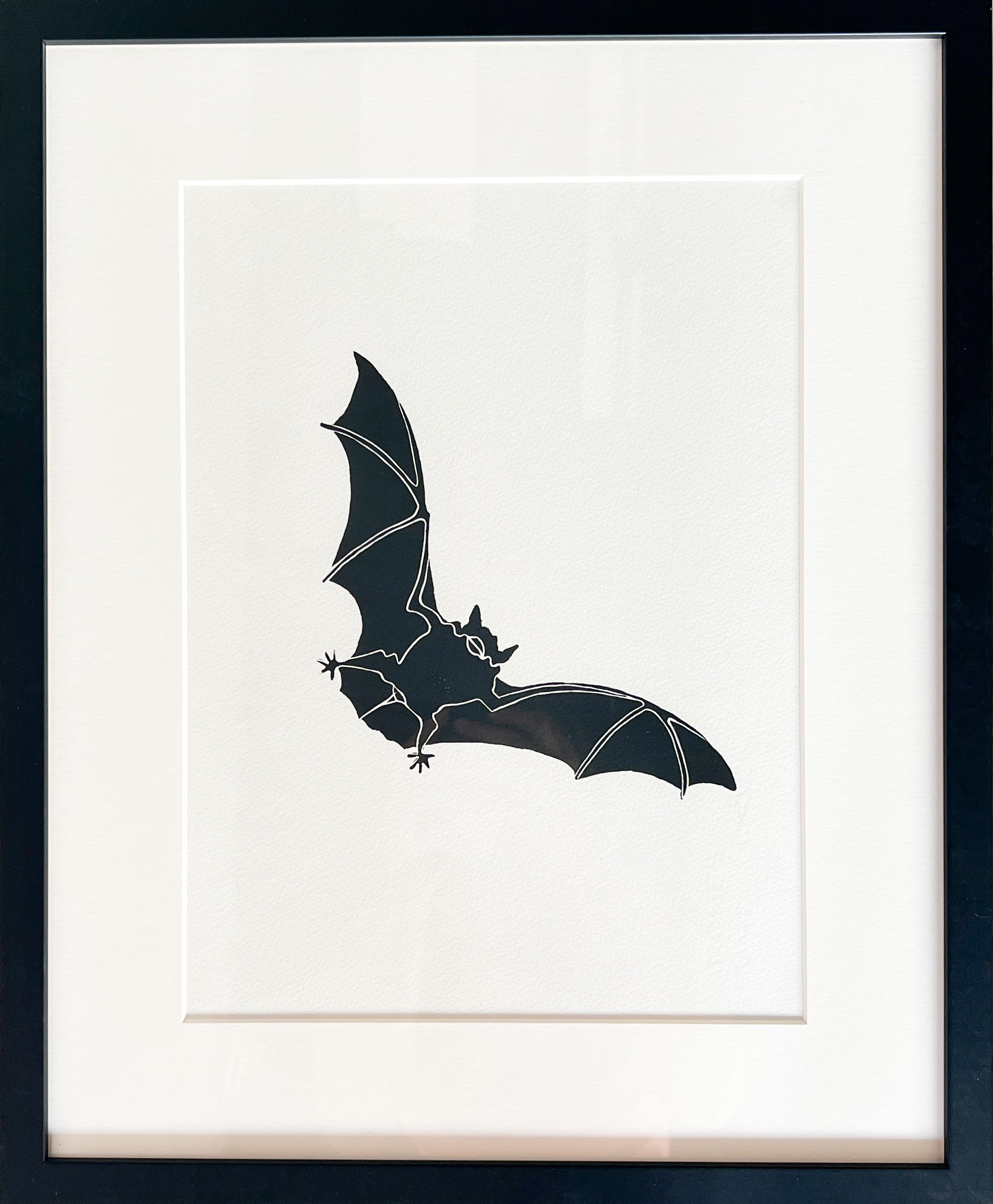Libby Moore
Libby’s love of art began when she was approximately 9 years old and her sister introduced her to the work of Belgian surrealist painter, René Magritte. Once a graphic designer, having completed a diploma at Blake College whilst living in London. Her still lifes reflect her fascination with sentimental objects inherited, gifted, bought and borrowed, all having a conversation together on the canvas depicted in a semi-surreal, hard-edged style.
‘Please Stay’
by Libby Moore
"Native animal and plant life is disappearing all around us. Within the Hornsby Shire where I live, there are nearly sixty endangered and vulnerable species, or populations, of amphibians, reptiles, birds, mammals and invertebrates...
I have selected just seven creatures, the broad-headed snake, red-crowned toadlet, southern brown bandicoot, yellow-bellied sheath-tailed bat, spotted-tailed quoll, glossy black cockatoo and the little lorikeet, from my local area, who need protection to prevent their disappearance in the wildlife."
Please Stay, Yellow-Bellied Sheath-Tailed Bat - 42.5 x 52cm framed - Linocut on Arches paper, edition 2/3 - SOLD
Please Stay, Southern Brown Bandicoot - 42.5 x 52cm framed - Linocut on Arches paper, edition 2/2 - $850
Please Stay, Seven Species - 76 x 96.5cm framed - Linocut on Arches paper, edition 1/2 - $2900
Please Stay, Glossy Black Cockatoo - 42.5 x 52cm framed - Linocut on Arches paper, edition 2/3 - $850
Please Stay, Red-Crowned Toadlet - 42.5 x 52cm framed - Linocut on Arches paper, edition 2/3 - $850
Please Stay, Little Lorikeet - 42.5 x 52cm framed - Linocut on Arches paper, edition 2/3 - $850
Please Stay, Spotted-Tailed Quoll - 42.5 x 52cm framed - Linocut on Arches paper, edition 2/2 - $850
Please Stay, Broad-Headed Snake - 42.5 x 52cm framed - Linocut on Arches paper, edition 2/5 - $850
An Interview with Libby Moore.
Tell us about your upbringing.
When I was little, I spent a lot of time with my grandparents, who lived in the same street, cause my dad worked long hours and my mum was doing a second degree at uni. My grandfather grew all their vegetables and cooked all their meals and my grandmother devotedly looked after the rest of their beautiful garden, so it was a very nurtured and wholesome environment to be in. I think I was a very quiet child though and most of my playtime happened in my head as my sister was a bit older and doing her own thing. My mum left my dad when I was nine which was devastating for my sister and me, and I guess this is part of the reason why I have quite a big family now myself.
Do you believe your upbringing brought you to a creative career?
Yes definitely. My dad’s job managing a cable factory in southwestern Sydney was stressful, but he painted most weekends. After contracting hepatitis in his forties, he learnt to paint at the Royal Art Society and would often go to the Royal Botanic Garden in Sydney and paint en plein air. He didn’t paint professionally but he sold a lot of work from the moment he started painting. I wanted to study art when I left school, but my mum wanted me to have a more ‘secure career’ so not wanting to disappoint her I did a degree in languages. Not long after I started uni, my dad was diagnosed with a brain tumour and died at the end of my teenage years. After having several jobs unrelated to my degree, I became a graphic designer, while living in the UK. This half satisfied my desire to create but it wasn’t until I’d had my first child that I started to paint in a dedicated way. As well as having a dad who painted, my sister is a painter, artist and activist and has always greatly encouraged me to paint and pursue art. My mum had a great uncle who was a professional painter in the early 1900s and ironically, my mum started painting when she was in her seventies.
You mainly paint still lifes, what draws you to paint this subject matter?
Assembling the subject matter for still lifes feels a little like playing with a dolls house where lots of imaginative play is happening. All the jugs, vases, bowls, teapots, teacups, and saucers are like characters interacting with each other politely and happily but sometimes in a pissed off way. I like injecting them with a bit of attitude in the way I position them. For me it feels like they’re having conversations with each other or maybe giving each other the cold shoulder. Also, to my eye, the vessels I choose to paint usually have a shapely voluptuousness which has lured me to them in the first place. I also have special attachments to most of the objects depicted, usually ceramics and glassware, so often I paint an object to affirm and record a connection with the person associated with it, as they’re pieces which either came from my grandmother or mother who are both no longer around or have been given or lent to me by family and friends, or even made by friends. Until recently the practicalities of raising four children have meant that I was a little confined to painting at home but my dad painted still life, portraits and en plein air and I’d love to explore more portrait and landscape painting too.
You use quite vibrant colours in a very clean and structured way. What draws you to paint in this style? It is very striking!
Thank you. I seem to have a magnetic attraction to vibrant colours so always feel compelled to depict an assortment of hues that may seem crazy together. Wild, bright colours really do it for me so painting in earthy, muted tones is not something that gives me satisfaction or inspires me at the moment. That could well change though as I don’t want to have a closed mind about anything. I often set out to paint in a haphazard and intuitive way, but neat organised detail always prevails no matter how hard I try to paint loosely and impressionistically. These are long term aspects of my painting practice but attempts to knock them out of me may well be made in the coming months now that I’m finally studying a Bachelor of Fine Art. I guess that’s one of several reasons why I wanted to go to art school.
What are your art influences? Do you both have contemporary and historical influences?
Yes, I have lots of art influences both contemporary and historical. I love the rich colours and symbolism of Italian Renaissance painting, particularly the work of Jan van Eyck. When I lived in England, I was made aware of the Bloomsbury Group, notably artists Duncan Grant and Vanessa Bell, who were at their heyday in the early twentieth century. Visiting Charleston, the house in Sussex, where they lived during the war, left a lasting impression. As well as drawing and painting on traditional surfaces like paper and canvas they created scenes on lamp shades, furniture, doors, walls, mantelpieces, tiles, fabric and ceramics, so everything was very decorative. My long-standing love for surrealist Belgian painter, René Magritte, whose surrealism I found magical as a child is still work I’m drawn to. I also greatly admire both the interiors and still lifes of Margaret Preston and Margaret Olley and in more contemporary Australian art, I love the colourful still lifes of Jane Guthleben and Lucy Culliton,
Jude Rae’s utilitarian objects, and the crisp clean interiors of Cressida Campbell and Criss Canning. And it made me really happy when I realised all these contemporary Australian painters I admire are women!
When you are spoken about as an artist how would you like to be described?
Because of my love for Magritte I’d be happy to have my work described as semi-surreal. The viewer can also glean from the titles that something a little elusive is going on amongst the sill life characters in my paintings. I guess having titles like this for work that doesn’t really fit a traditional mould makes the paintings, a little bit hard to describe but I think every artist probably likes their work to be defined as unique. I don’t have a fixed idea about how I’d like to be described but I do want people to feel pleasure and curiosity, and perhaps understand me a little as a human being, through my work.
Interview by Lucy Abroon









